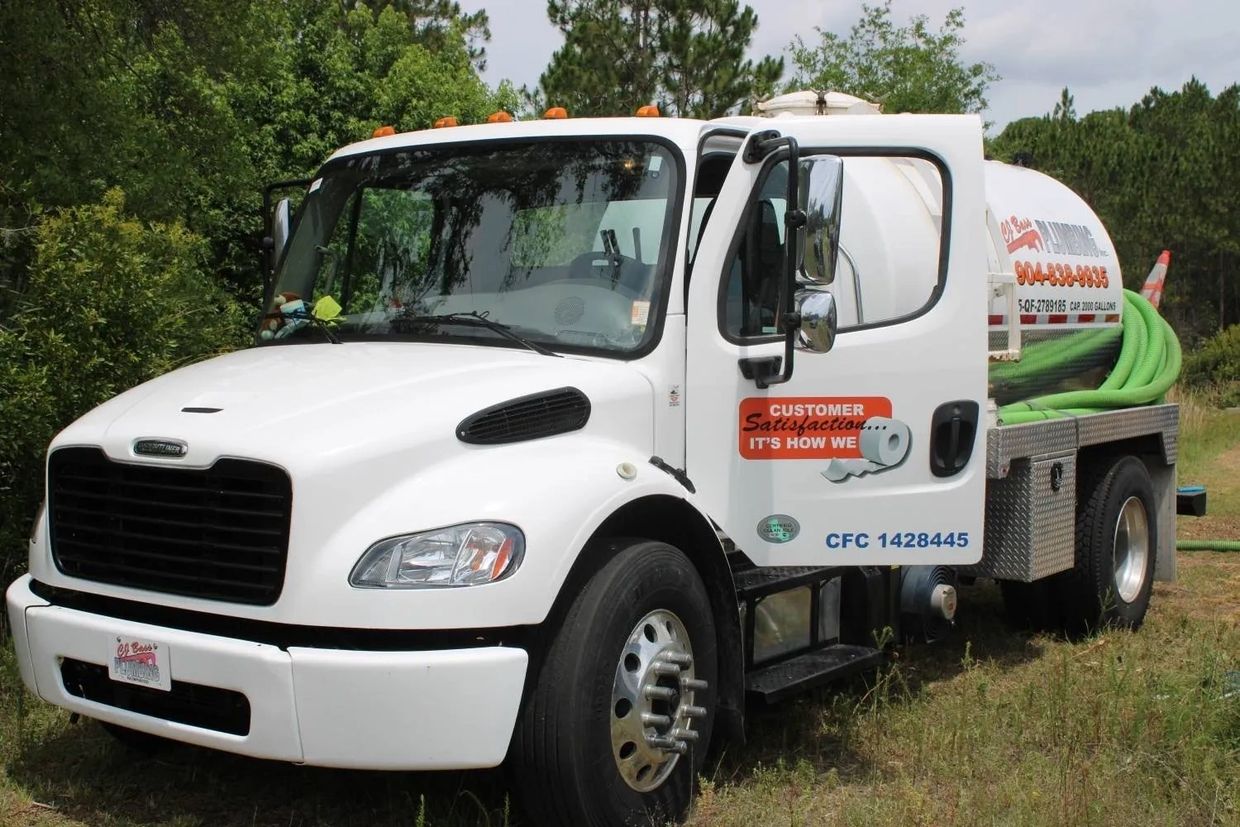Common Questions

1. What is a septic system?
A septic system is a small-scale, on-site sewage treatment system that is typically used in areas without access to a municipal sewer system. It involves a septic tank, where solid waste settles, and a drain field where liquid waste (effluent) is filtered through the soil.
2. How does a septic system work?
A septic system works by separating solids and liquids. Wastewater flows into the septic tank, where solids settle at the bottom. The liquids, called effluent, flow out of the tank into the drain field. The soil in the drain field naturally filters the effluent before it re-enters the groundwater.
3. What is a drain field?
The drain field, also known as a leach field or leach drain, is an underground area that treats and disperses the effluent from the septic tank. It consists of perforated pipes or chambers laid in gravel-filled trenches to allow the effluent to filter through the soil.
4. How long does a septic system last?
A well-maintained septic system can last 15 to 30 years or more. Regular maintenance, including pumping the septic tank and checking the drain field, can help extend its lifespan.
5. How often should I pump my septic tank?
Septic tanks should be pumped every 2 to 4 years, depending on household size, water usage, and the tank's size. Regular pumping prevents solids from accumulating, which can lead to blockages or system failure.
6. What are signs that my septic system is failing?
Signs of a failing septic system include:
- Slow drains or gurgling sounds in plumbing.
- Bad odors near the drain field or septic tank.
- Pools of water or wet areas in the yard, especially above the drain field.
- Sewage backups into the house.
7. Can I plant over a drain field?
You can plant grass over a drain field, but avoid planting large trees or shrubs with deep roots. Roots can clog the pipes and cause damage. Low-maintenance plants and grass are ideal.
8. What should I avoid putting in a septic system?
Avoid flushing or dumping the following into your septic system:
- Non-biodegradable items (e.g., wipes, diapers, paper towels).
- Harsh chemicals, including bleach, disinfectants, and drain cleaners.
- Fats, oils, and grease.
- Pharmaceuticals or non-organic substances.
9. How do I care for my septic system?
To maintain your septic system:
- Pump the tank regularly.
- Conserve water to prevent overloading the system.
- Avoid putting non-biodegradable waste into the system.
- Have the system inspected every few years.
10. What causes a septic system to fail?
Common causes of septic system failure include:
- Overuse of water (e.g., running too many appliances at once).
- Lack of regular maintenance, leading to sludge buildup.
- Damage to the septic tank or drain field pipes.
- Root intrusion into the system.
- Soil saturation or compaction in the drain field, which affects filtration.
11. How can I tell if the drain field is clogged?
Signs of a clogged or failing drain field include:
- Pooling water or soggy spots above the drain field.
- Foul smells coming from the yard.
- Slow draining or backups in plumbing fixtures.
CJ Bass Plumbing, Inc.
924 TJ Courson Road, Fernandina Beach, Florida 32034, United States
This website uses cookies.
We use cookies to analyze website traffic and optimize your website experience. By accepting our use of cookies, your data will be aggregated with all other user data.
